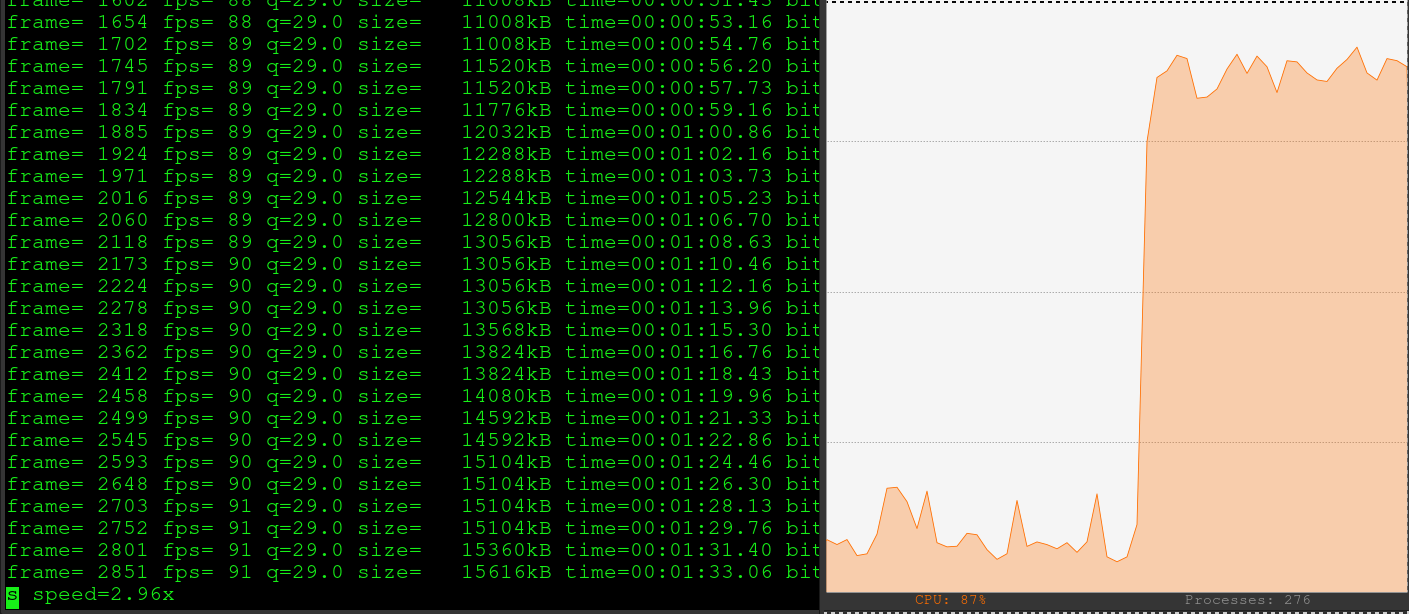

i've tried ffmpeg -ss -i -vframes 1 -y Pretty basic, and does the job. To extract I-frames, we can run the following command: ffmpeg -skip_frame nokey -i test. Maybe I did As an extension of the previous section, let's do a quick exercise and learn how to create a thumbnail every 10 seconds using FFmpeg. You can use the select video filter in ffmpeg to do this: ffmpeg -i input. So I need a screenshot of the video at 00:05, 00:10, 00:15, and so on.for spacing every 5 metres at average speed of 8. Instead of downloading the whole file to extract a single frame, perhaps ffmpeg will only get the parts it needs. If I use ImageMagick's convert tool to extract the frames with. You can also use ffv1 to do that since it is lossless codec, but make sure you use -g 1 option, since you need only I-frames at the output. Extracting Images Every N Seconds By adding -vf fps=1 to the basic command, you can extract an image for every second of the video. The -re option instructs the encoder to read the source at its native frame rate. mp4") Once you've copied your video to your Mac you can call up ffmpeg in terminal. You might need to specify other parameters such as pix_fmt, etc. extractFrames (options) Extracts one or more frames from a video file. This method might be a little confusing Then add them using a video filter: ffmpeg-i in. Compatible with Windows, Mac, and Linux, FFmpeg uses a line command to get the task done gif -i audio There are several options available to you when exporting an animated. The default behavior if you don't specify any of these options is to extract all frames from the input. That’s it! ***Frame interpolation of movie in the sense of super resolution in the time-axis. And, if we put those two together, we can efficiently cut / splice a video using FFmpeg.It looks like I would execute something


 0 kommentar(er)
0 kommentar(er)
